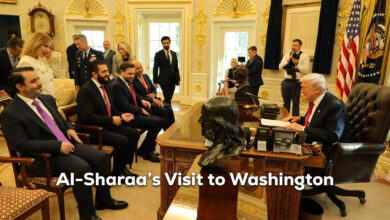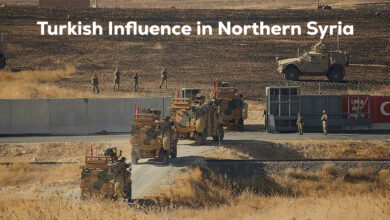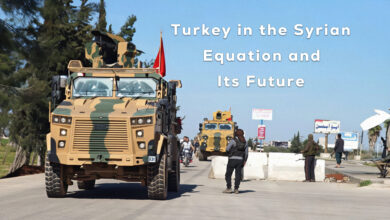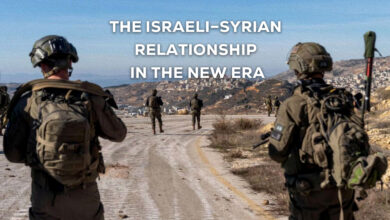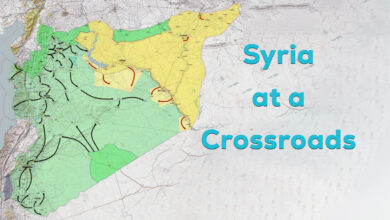Turkish-Iranian presence in western Euphrates and conflict of interests
Turkish-Iranian presence in western Euphrates and conflict of interests
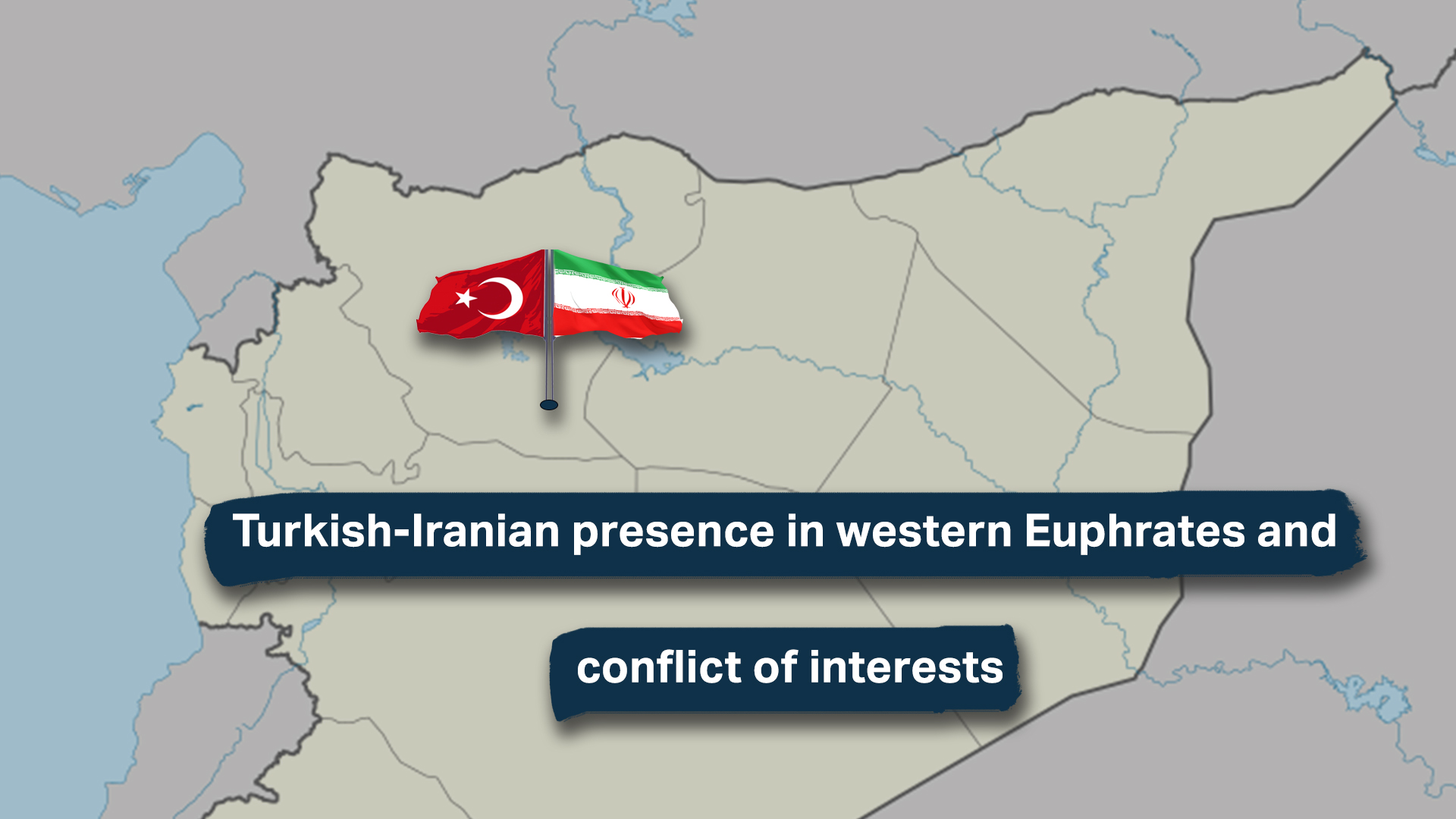
Despite great contradiction between Iran and Turkey and the historical conflict between the two countries, some international differences and Syrian crisis in some aspects, represented by Astana Peace talks helped bring about a rapprochement between the two countries, and they seem to have become more cooperators than competitors, but the level of confrontation between them may increase in the near future especially regarding the Syrian issue.
It is true that the Turks and the Iranians are, at present, in harmony and consensus in many files, but these moments may be fleeting, and their geostrategic imperatives will lead them to clash with each other, regardless of the agreements signed between them, whether economic or even the outcomes of the Astana talks. On the one hand, Iran claims to be the defender of Shiite interests in the Middle East, and on the other hand, Turkey claims to be the heir of the Ottoman Empire and the defender of Sunni Muslims. However, the collision between the two countries does not have to be direct, but it may happen through Iran’s militia and Turkey’s mercenaries.
After Turkey’s failure to overthrow the Syrian regime and the ebb of its mercenaries in Idlib and the areas of the so-called Euphrates Shield, and Iran’s success in cooperating with Russia in maintaining the regime, and its failure to positioning itself in southern Syria as a result of the Israeli strikes, the developments on the Syrian geography have not has changed the calculations of both countries in extending their influence to northern Syria. Turkey is trying to complete its colonial project by various means and bring about a demographic change in the region and form a black belt under the name of the safe zone from its terrorist mercenaries. As for Iran, it is also trying to strengthen its presence through spreading Shiism in the areas, where the center of Sukhna, east of Palmyra, has turned into the largest center for the Shiites to join the Iranian militias and expand towards Abu Kamal, so that these areas become under the control of the Iranians. Also, the Iranians turned their attention to Aleppo, which is of strategic importance for its project to reach the Mediterranean after taking control of the port of Latakia, in addition to the presence of Shiite areas in the countryside of Aleppo, such as the towns of Nubl and al-Zahraa. Iran’s long-term strategy lies in copying Lebanese Hezbollah’s experience in Lebanon and transferring it to Syria in light of the American, Israeli and even Russian policy that works to undermine the Iranian military presence in Syria.
In this context, the western Euphrates is considered one of the areas of direct contact between the occupying Turkish army and its mercenaries from the terrorist factions, and the Iranian militia and the regime forces. Therefore, any Turkish move towards the town of Tel Rifaat or Manbij will push Iran through its militias to confront the Turkish advance and prevent it from occupying more lands because any Turkish move without the approval of Iran or obtaining the Iranian green light will undermine the Iranian presence not only in northern Syria but in Syria in general, which will directly affect the Iranian project.
Some international crises, such as the Ukrainian crisis, may affect the projects of both countries and thus undermine one project at the expense of the other. The US may give Turkey a free hand in some areas in north and east Syria, as happened in 2019, when the US withdrew and made way for the Turkish occupation state by occupying Tel Abyad and Ras al-Ain (Serê Kaniyê). On the other hand, Russia may release Iran’s hand in the region in response to the US and Israel, which oppose its war on Ukraine and support Ukraine militarily. On May 2, 2022, a high-level secret meeting, the third of its kind, was held at the Khmeimim Airbase. The meeting included Russia, Iran and the Syrian regime, which focused on filling the void as a result of the Russian withdrawal from some sites by the Iranians.
The Turkish political openness to the Gulf States may affect the existing relationship between Turkey and Iran, and its impact may appear in Yemen by supporting the Saudi-led coalition with drones against the Houthi group, or in Iraq by thwarting any government that is backed by Iran or in Syria through standing in the face of Iranian projects. Moreover, the recent arrest of a number of Islamic Revolutionary Guard Corps (IRGC) activists by the Turkish security services, in cooperation with the Israeli intelligence services, for allegedly planning to kidnap Israelis, may eventually lead Turkey to redirect its compass against Iran’s regional ambitions.
In view of the orientation of both countries towards northern Syria and their desire to control the region in order to achieve their conflicting projects with different implementation mechanisms, where Turkey is trying to control the region militarily, while Iran is working to extend its influence culturally through Shiism and recruiting the people into their militias, the military operations carried out by Turkey and its expansionist ambitions may eventually lead to a clash with the Iranian forces and their local allies, which could further enhance the chances of confrontation between them, which may be reflected in one way or another on the political and military map of Syria.
